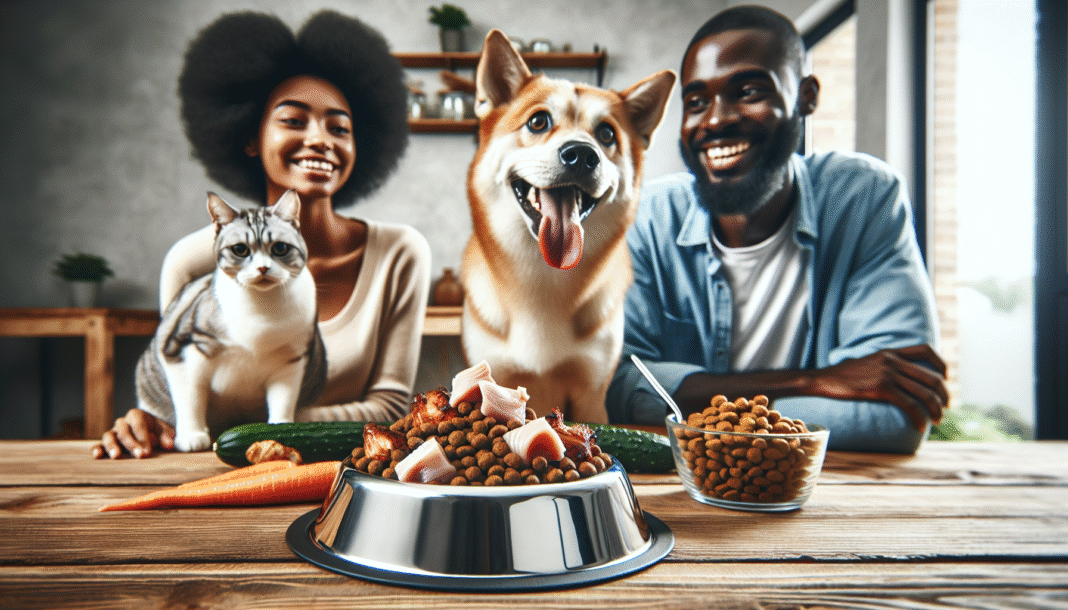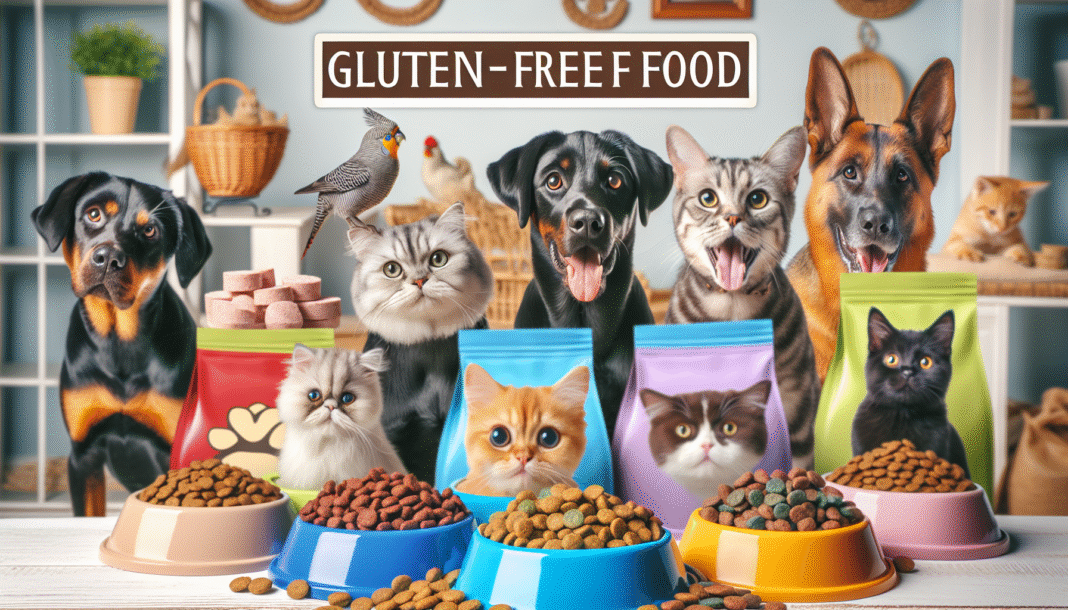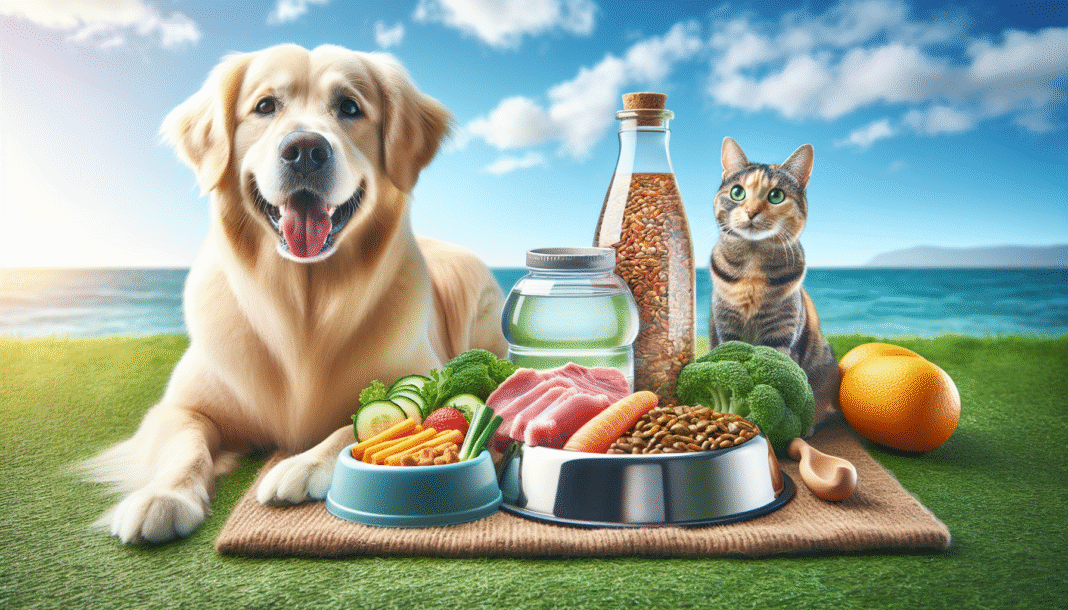As loving pet owners, we all want what’s best for our furry companions. One of the best ways to ensure their health and well-being is by paying attention to their diet. Recent trends in pet nutrition have highlighted the benefits of high-protein diets. Let’s dive into why this is essential, the advantages it offers, and how to implement it effectively for your pets.
Understanding High-Protein Diets for Pets
What is a High-Protein Diet?
A high-protein diet is one that contains a higher percentage of protein than traditional pet food. It primarily consists of meat, fish, and plant-based proteins. Generally, a diet should include at least 30% protein for dogs and even higher percentages for cats, who are obligate carnivores.
Why Protein Matters
Protein serves as a crucial building block for your pet’s body. It aids in muscle development, organ function, and overall energy levels. It’s essential for maintaining a healthy immune system and supporting recovery from illness or injury.
The Benefits of High-Protein Diets
1. Supports Muscle Growth and Maintenance
Protein is fundamental for muscle growth. High-protein diets can aid in maintaining lean muscle, especially in active breeds or aging pets. This is particularly relevant for working dogs or those engaged in agility training, where muscle tone and strength are vital.
Tip: Monitor your pet’s activity level and adjust their protein intake accordingly. Puppies and young animals require more protein to support rapid growth, while seniors may need less to manage weight and health.
2. Improves Energy Levels
Pets on high-protein diets often exhibit increased stamina. Protein breaks down into amino acids, which are essential for energy production. A well-balanced, protein-rich diet can help your pet stay active and agile.
Example: If your dog participates in long walks or runs, integrating high-protein foods like chicken, turkey, or fish will provide them with sustained energy.
3. Enhances Coat Health
A diet rich in protein can immensely improve your pet’s coat condition. Healthy proteins contribute to a shinier and softer coat, reducing shedding and skin irritations.
Practical Tip: Incorporating fish oil or flaxseed oil can add Omega fatty acids that work wonderfully along with protein to promote coat health.
4. Aids in Weight Management
Contrary to common belief, protein can actually assist in weight management. High-protein diets can keep pets feeling full for longer, reducing the temptation to overeat or snack. This is crucial for pets with a tendency to gain weight.
Example: Consider transitioning to a high-protein, low-carb dog food if your pet is overweight. Look for options with real meat as the first ingredient.
Causes of Poor Nutritional Choices
1. Convenience Over Quality
Many pet owners gravitate toward processed foods because they’re easy to find and use. However, these foods often lack the necessary protein levels needed for optimal health.
2. Misunderstanding Nutritional Needs
Pets’ dietary needs can vary significantly based on age, size, and activity level. Many owners may not be aware of the higher protein requirements for certain breeds or life stages.
3. Marketing Misinformation
Some brands may market their products as “healthy” without providing transparent nutritional information. It’s essential to read labels carefully and consult with veterinarians about the best options.
Symptoms of Poor Diets
1. Low Energy or Lethargy
If your pet seems less active or sluggish, it could be a sign of insufficient protein in their diet.
2. Poor Coat Quality
Dull, dry fur or excessive shedding may indicate that your pet is lacking essential nutrients, including protein.
3. Weight Issues
Difficulty maintaining a healthy weight can stem from a poor diet. Both obesity and underweight conditions can result from inadequate protein intake.
Diagnosing Diet-Related Issues
If you suspect your pet may not be getting enough protein, it’s crucial to consult with your veterinarian. They can perform a physical examination, assess your pet’s weight and coat condition, and potentially run blood tests to evaluate overall health.
Transitioning to a High-Protein Diet
1. Choose Quality Protein Sources
Start by selecting high-quality protein sources such as chicken, turkey, fish, or lamb. Ensure that these proteins are the primary ingredients in the pet food you choose.
2. Gradual Transition
If you’re switching your pet’s diet, do it gradually over a week or two to prevent stomach upset. Mix a small amount of the new food in with their current food, gradually increasing the new food proportions.
3. Monitor for Changes
Watch for any changes in energy levels, coat quality, or weight during the transition. Adjust the protein levels if needed, and consult your vet if you have concerns.
Preventing Nutritional Issues
1. Regular Veterinary Check-ups
Schedule regular vet visits to keep track of your pet’s nutritional needs. Your veterinarian can provide valuable insight into diet adjustments based on lifestyle changes.
2. Read Labels Carefully
Look for pet foods with a high protein content and avoid those filled with fillers and artificial additives. The first ingredient should ideally be a named meat source.
3. Homemade Diet Considerations
If you’re considering a homemade diet, consult a pet nutritionist or veterinarian to ensure you’re meeting all your pet’s dietary needs, including protein intake.
Elevating your pet’s health through high-protein diets can lead to improved well-being and longevity. With careful selection and monitoring, your furry friend can thrive on a nutritious, protein-packed diet that supports their active lifestyle.





